 THIS WEBPAGE IS A DRAFT/UNDER CONSTRUCTION
THIS WEBPAGE IS A DRAFT/UNDER CONSTRUCTION
Most people would prefer their corals a brilliant blue or purple, rather than beige. Yet, such brightly coloured corals may actually be so stressed they are hardly growing at all. It is a little known fact that many corals bleach colourful.
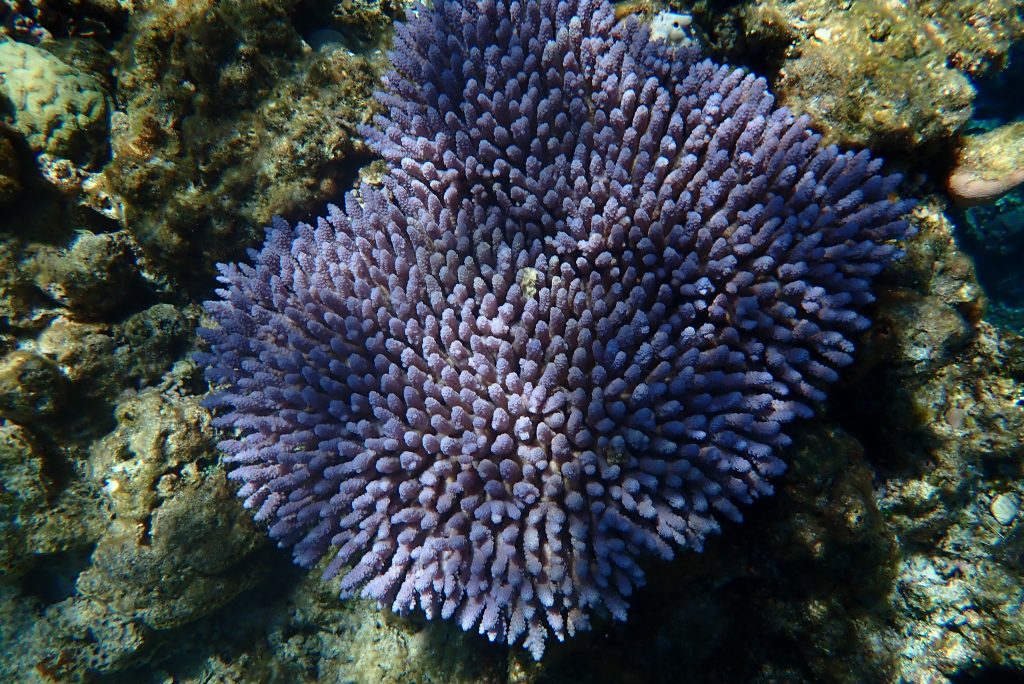
Then there are the healthy beige, not bleached, corals with colourful florescent tips. These corals have symbiotic algae (zooxanthellae) within the coral polyps that make up their stems giving them a brown colour. While the purple in the tips is from florescent proteins and chromoproteins.
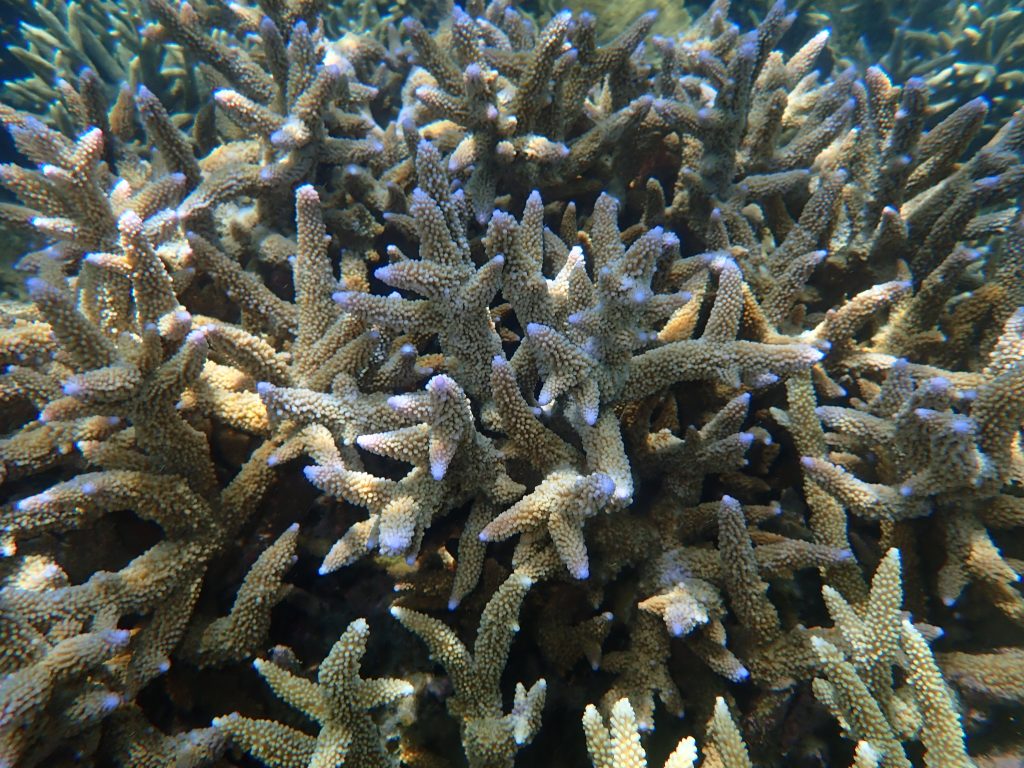
Corals are complicated, and much of what we have been led to believe is myth.
Hard corals (Scleractinia corals) have a base structure of calcium carbonate that is white. Healthy hard corals harbour symbiotic algae (zooxanthellae) that are green or brown in colour. Consequently, most hard corals are a rather drab brown or green. When the zooxanthellae are expelled sometime these corals become paler and paler in colour. But not always. The corals may also bleach colourful. Colourful bleaching can occur 2 to 3 weeks after exposure to temporary heat stress through the production of photoprotective coral host pigments – often in purple or blue.
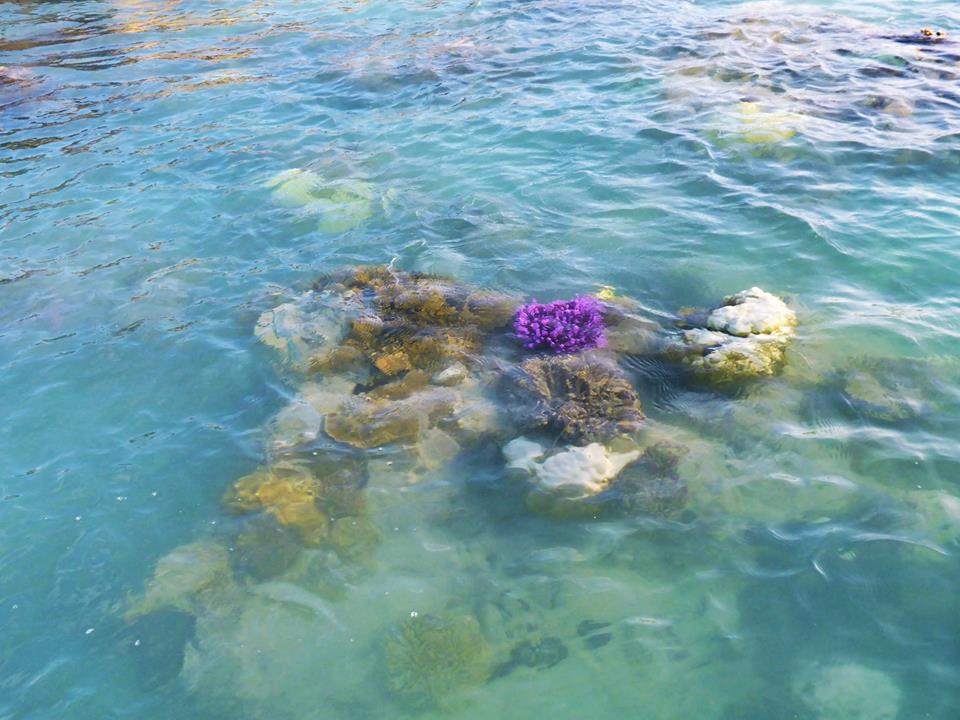
My first film ‘Beige Reef’ very deliberately drew attention to the fact that most corals, the world over, are different shades of brown. This is because of the presence of the symbiotic algae in the corals that enables growth through calcification powered by the sun. This is how the large limestone structures that are coral reefs (visible even from outer space) are made: by layer upon layer of calcium carbonate laid down by solar-powered coral polyps that are mostly a drab brown in colour. Calcification/growth rates are thus affected by concentrations of zooxanthellae, but also concentration of dissolved calcium and carbonate ions (dissolved inorganic carbon) in the seawater (the calcium carbonate saturation state) as well as by the amount of light that in turn will be affected by latitude, water depth and turbidity.

Zooxanthellae Scleractinia corals – hard corals with symbiotic algae that are primarily responsible for the construction of modern coral reefs – can be classified by their colour into four different hues (B, C, D and E). Three of the four colours (C, D and E) are variations of brown, that is a composite colour including the primary colour red. The other colour/hue (B) is green, which with red and blue is a primary colour considering the physics of light. The concentration of zooxanthellae (the symbiotic algae) is considered to be directly linked to the health of the coral with the intensity of each hues on the chart a reflection of the concentration of algae/zooxanthellae. So, the healthier the coral the browner or greener it is.
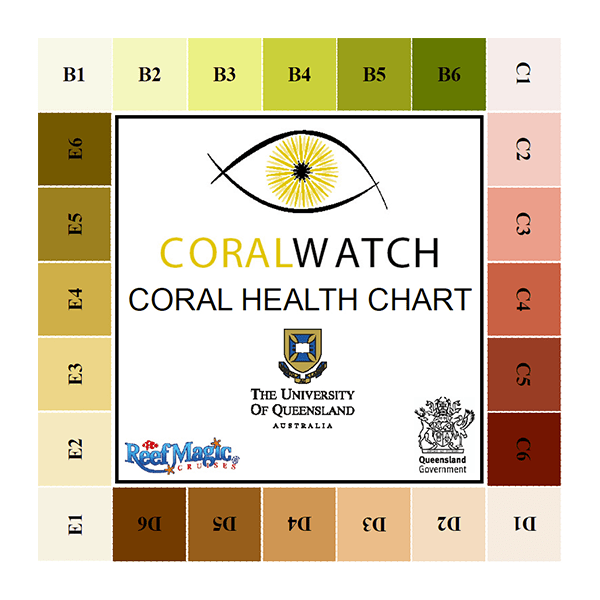
Then there are other corals, especially soft corals (not Scleractinians), many always without symbiotic algae (azooxanthellate species) and perhaps without florescent proteins that are various colours. I’m thinking of the Gorgonian fan corals that come in various shades of purple and also red. One of my favourite genera of coral is Tubastrea, and they are also without zooxanthellae and sometimes so brightly coloured, but not bleached.
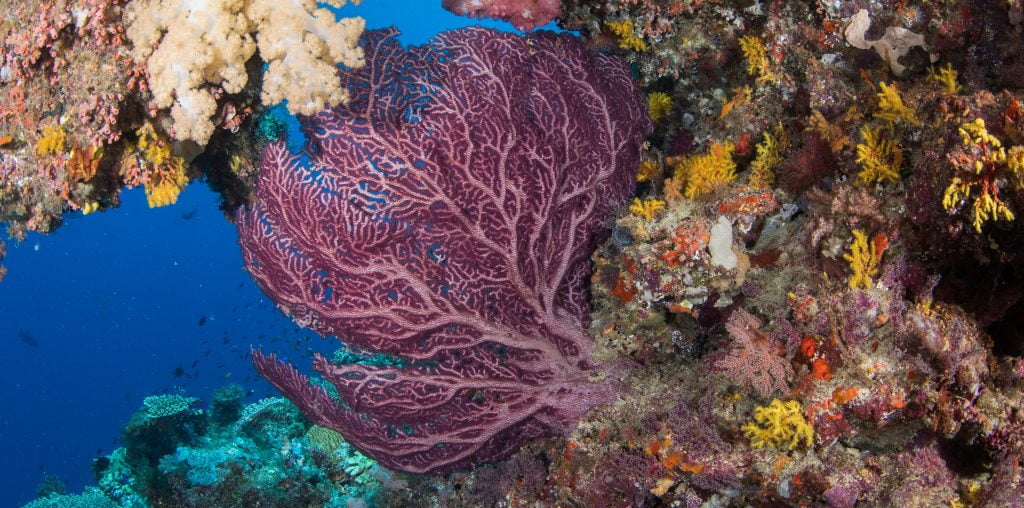

In the garden of Porites at Myrmidon there were so many blue and also green and also beige coloured massive Porites. They were of similar sizes and seemed so healthy. I have so much to learn about corals.
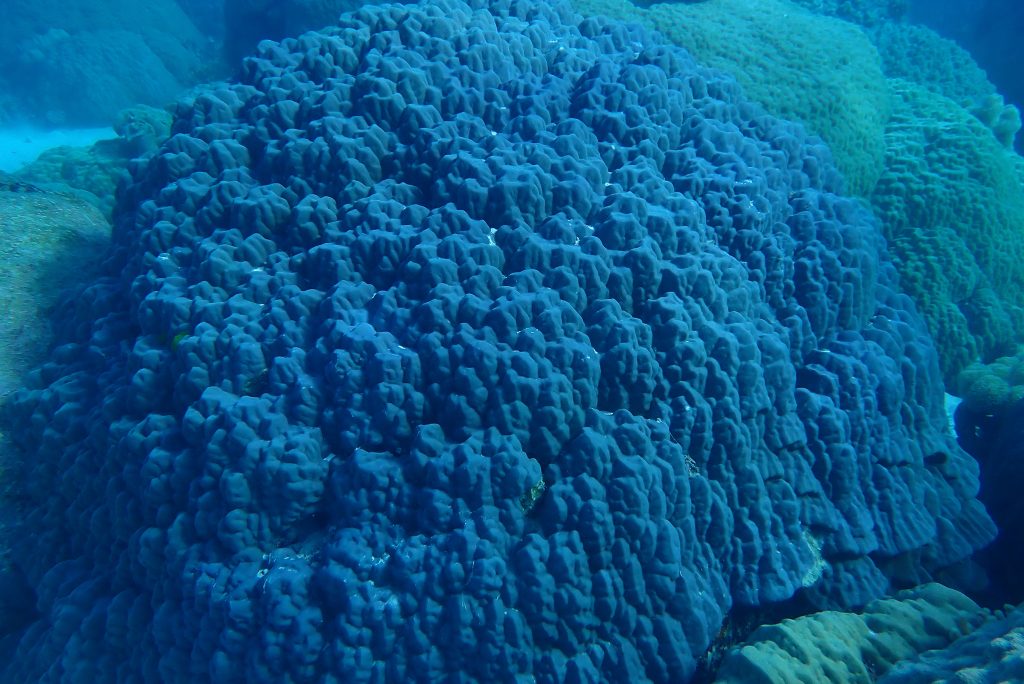
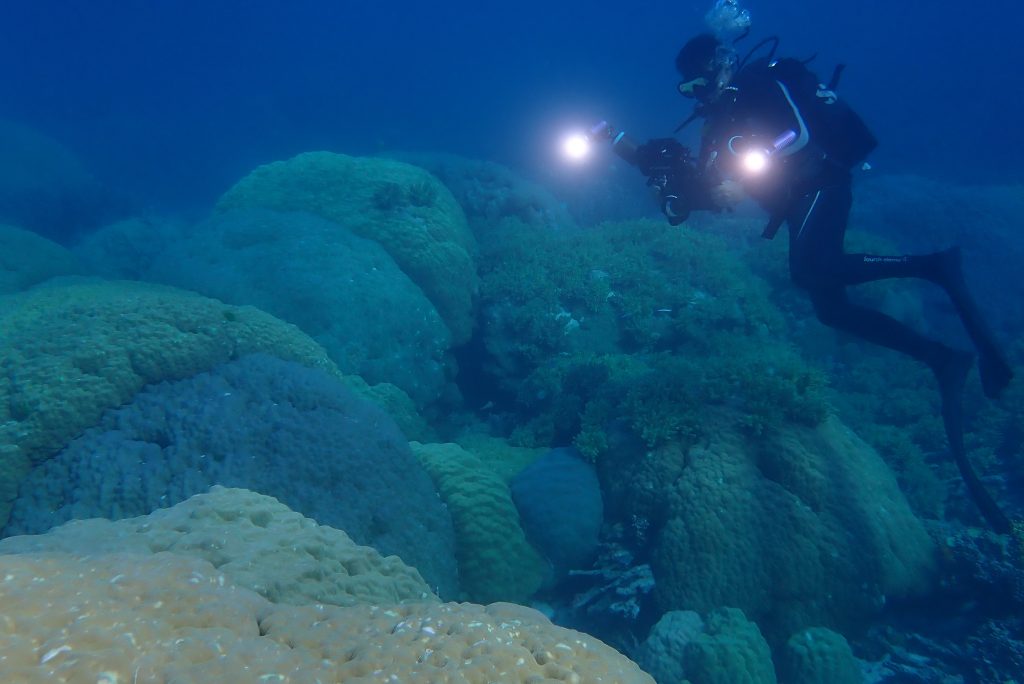

 Jennifer Marohasy BSc PhD is a critical thinker with expertise in the scientific method.
Jennifer Marohasy BSc PhD is a critical thinker with expertise in the scientific method.
